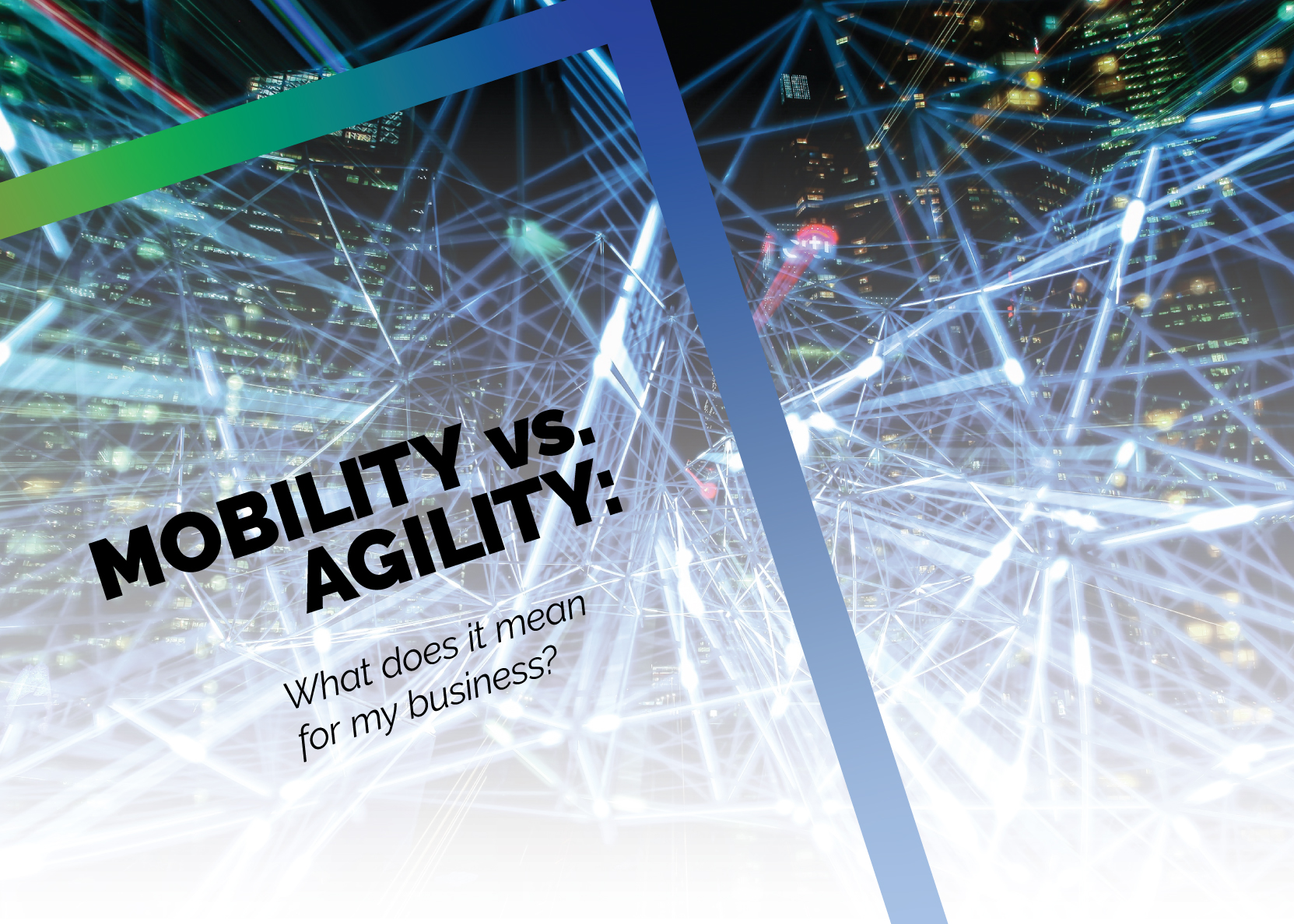3 min read
Building Culture That Works: Cobb Tech Named One of VA's Best
Cobb Technologies has been honored as one of the 2025 Best Places to Work in Virginia by Virginia Business and Best Companies Group. This prestigious...
2 min read
Cobb Tech
May 19, 2020 2:41:56 PM

It was early March when the COVID-19 pandemic truly showed up on stateside business’ radar — and in three short (and simultaneously very long) months, many businesses have created environments that allow them to work remotely.
But these cloud storage and collaboration tools were often put in place in a rush — and in the haste of getting up and running, long term solutions that could create more efficient workflows and processes may have been missed.
The Band-Aids have stopped the bleeding — but now is the perfect time to begin considering long-term, efficiency-driving solutions.
“Mobile” is perhaps the buzz-word of last decade — mobile devices, mobile printing, mobile games — many businesses have been focused on finding solutions for the “mobile worker.” And there are plenty of options for businesses that want to be mobile.
Often, however, these mobile solutions are different tools that the ones used in the office itself — forcing employees to make use of two separate environments, reducing efficiency, decreasing security, and increasing the chance to lost documents and processes.
Agility takes mobility one step further; whether you’re at the office, or on the go, an agile solution gives your employees an experience that doesn’t change, no matter where they are. In short, where the employee is has zero determination on how they work.
Using the same process in all situations creates a much more robust environment, because employees don’t need to constantly be thinking about how to complete a simple process. Through a single solution, management becomes a much simpler task — both in terms of updating systems, and managing employee tasks.
When employees are forced to find their own solutions, they will never be as secure as a singular, centralized solution. The hallmarks of a singular solution are:
The difference between a mobility and agility is the difference between a program and a culture — a program is temporary, or changes one aspect of your business. A culture has lasting impact throughout your organization.
In the same way, an agile solution will have tremendous impact on all factors that determine efficiency and profitability.
Some questions you can ask yourself to determine whether or not your business is mobile or agile are:
If you answered “yes” to any of these questions, your business isn’t truly agile.
There are many mobile solutions out there on the market, ranging from specialized collaboration tools like Dropbox or Evernote, to project management tools like Asana or monday.com. And while many of these are very good at what they do, they don’t provide holistic solutions — and most importantly, lack the capability to integrate with, and manage the entirety of your business’ operations.
This is why it is important to find an integration-friendly, adaptable, and secure content management system.
Popular content management solutions are:
All of these software solutions have the capability to manage and automate workflows, as well as store and secure documents.
These solutions, however, aren’t one-size-fits-all. For many small-to-medium-sized business, content management systems can be cumbersome to implement, and a burden on your budget, in which case, M-Files is usually your best choice. Ranging from a cost of $39 to $55 per user, M-Files is capable of integrating with multiple specialized solutions, and most importantly, uses file metadata to automate processes, rather than folders — this creates an easily-automated environment.
If a business is larger, and has more time and money available to put towards implementation and user adoption, a solution such as IBM Content Manager will provide a more robust environment through which to work — but enterprise-level services such as this can come with extremely high overhead. For a small or medium sized business, M-Files will give you the most bang for your buck.

3 min read
Cobb Technologies has been honored as one of the 2025 Best Places to Work in Virginia by Virginia Business and Best Companies Group. This prestigious...

5 min read
Cobb Technologies is honored to hold the SWaM (Small, Women-owned, and Minority-owned Business) certification, awarded by the Commonwealth of...

5 min read
Every year, thousands of Veterans transition from military service to civilian careers in Virginia, bringing invaluable skills and experiences to...